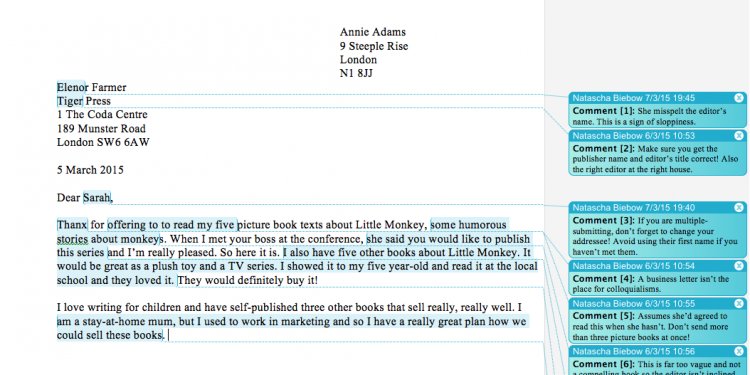
First paragraph
 This use of the term (and concept) to reference an actual level carried forward through the entire Old, as scribes began to standardize a mark comparable to paragraph image utilized these days we today understand because the pilcrow (¶). It had beenn’t through to the very early 16th century your concept of what a paragraph “is” changed through the physical level to the actual passage of text in a piece of writing, and our modern-day terminology stumbled on the fore.
This use of the term (and concept) to reference an actual level carried forward through the entire Old, as scribes began to standardize a mark comparable to paragraph image utilized these days we today understand because the pilcrow (¶). It had beenn’t through to the very early 16th century your concept of what a paragraph “is” changed through the physical level to the actual passage of text in a piece of writing, and our modern-day terminology stumbled on the fore.
Interestingly, this shift coincides with another major change within the production of publications: the creation of movable type therefore the printing press. Whereas the pilcrow was nonetheless utilized inline to denote the start of a fresh passage, because of the rehearse of typesetting came the fashion of beginning a new line at the start of a new part.
Initially it appears there clearly was a practice of leaving an indented location for illustrators to fill out a decoration or illuminated money, but here the speed of progress and rate of printing left that rehearse behind.
The swiftness with which publications were being imprinted ended up being too fast for illustrators to maintain, and soon we had been simply remaining with the blank indent. Centuries later we've Robert Bringhurst to thank for that area becoming standardized at one em.
Another milestone in production of lengthy texts arrived in the shape of the typewriter, first-made commercially available in the mid-19th century. This brought about the very first widely available technology when it comes to average man or woman to produce something more than a handwritten page. As the fashion associated with the times had been nevertheless an indent, someplace on the way a fresh convention developed to point a brand new passage or thought: the double line break. While I can’t discover any such thing conclusive, personal concept is the fact that standard human laziness won on: It’s just simpler to strike the Return key two times than its to consider hitting Return with your right pinky and loss with your left.
Therefore right here we four other ways of denoting a brand new passage or thought, and now we can see three of those in regular use today, though each features a distinct match how we read and ingest information. Indenting continues to be by far the most common strategy in longer-form writing that appears in books and magazines. This seems to fit really with the way we read, and likely minimizes interruption and flow; the little indent provides a gentle nudge without any additional line room disrupting our development. At the same time, the additional range break is effective on line, in which we often skim more within our search for appropriate information, making the gaps between passages and speakers more easily findable.
As for the pilcrow, at first I thought it had been a contemporary outlier, restricted simply to the “revealed codes” of word processors and page layout programs. But one-day I was reading summaries of stories in a regular email from the site moderate and here it had been: the pilcrow showing itself all over the place. Ends up the developers at moderate desired an approach to reconcile the irregular as a type of 1st few dozen terms of every given post and also the requirement for scaled-down presentation in a contact, and had settled upon replacing paragraph range breaks because of the pilcrow. This has a wonderful effect, making an infinitely more consistent presentation while losing none of quality imparted because of the line breaks within the initial type. Although this may not work for a whole article, it really works perfectly in short teaser text used in email blasts.

















